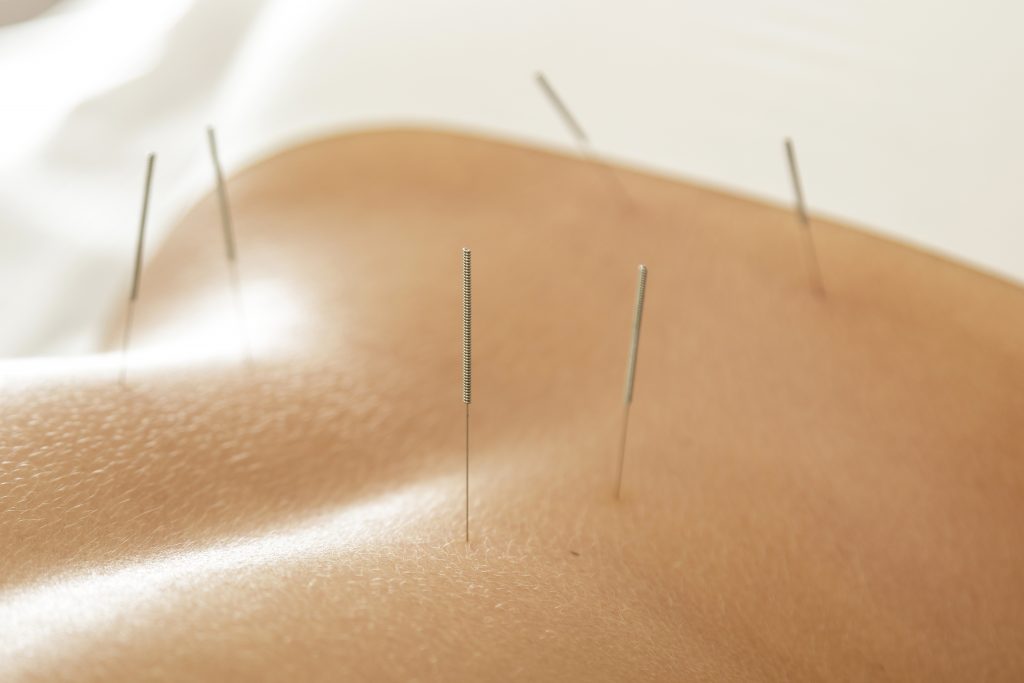Drug Free Ways to Ease Pain

Pain is our body’s way of telling us something is not right, often in response to injury or inflammation. It can vary from mildly annoying to absolutely debilitating. Conventional approaches to pain management focus on pain-reducing medication, either over-the-counter or prescription strength. But there are effective drug-free ways to ease pain.
Heat and/or Ice

This is often the first thought when it comes to managing pain, especially acute pain from strain or injury. Reach for ice first after an injury to help limit initial swelling and inflammation. It is usually recommended to apply for 20 minutes at a time with 20 minute breaks between. Be sure to wrap the ice pack with a towel to help prevent freezing skin underneath. Once the initial stage has passed, applying heat to the affected area can help relieve stiffness and pain associated with the healing process. Cold packs on the forehead or base of the skull can help relieve a headache. Heat packs can also be used over arthritic joints to help ease pain and promote mobility.
Acupuncture

Acupuncture is an ancient method of pain relief backed by modern science. Studies have found that acupuncture can be effective against a variety of pain, including arthritis, headaches, and chronic pain associated with inflammation. Practitioners will place very fine needles in certain points associated with the location of the pain experienced. This stimulates the body’s production of serotonin, the “feel good” hormone, and can help relieve tension that is contributing to pain.
Herbs

Turmeric is a popular spice known for its anti-inflammatory properties. Curcumin is the active ingredient in turmeric and in North American Nutra’s Ceremin. It can be effective for inflammatory pain, such, but it can also be used to help ease pain associated with ulcers and indigestion. Cloves are another popular herb with a long association with pain relief and is often used for tooth aches. The active ingredient in cloves is eugenol, which is found in some OTC pain relievers as well. Cloves can be used to help ease arthritis pain, headaches, and stomach pain. People with bleeding disorders or taking blood thinners should be cautious when using cloves. Willow bark, often referred to as nature’s aspirin, has been used for centuries by traditional cultures to reduce inflammation and fevers and for pain relief. It is usually sold as a tea, extract, or capsule and can be used for most types of pain. The active ingredient in willow bark is salicilin, which converts to aspirin in the body. If you are taking aspirin or are on blood thinning medication, use willow bark with caution.
Meditation/Mindfulness

There is a significant mind-body connection to experiencing pain. Practicing medication or mindfulness can help relieve pain by breaking the stress-tension-pain cycle and promoting relaxation. Deep breathing can help improve oxygenation and improve concentration. Meditation is free to try and can safely be done by most people and you don’t need any special equipment to do it.
While these drug-free ways to ease pain can be effective, it is important to rule out more serious underlying health issues with your doctor before attempting to manage pain on your own. Always speak to your doctor before starting a new supplement or making any significant lifestyle changes.
